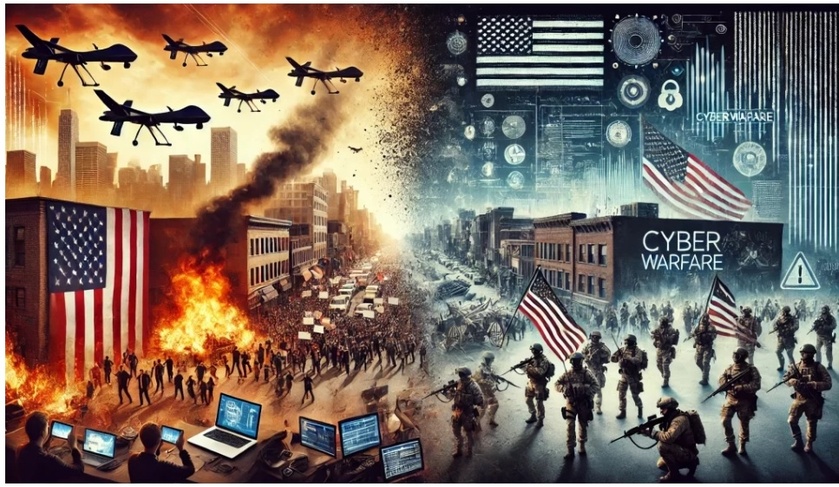Advanced Practical Preparation
Evacuation Plans
- Know Your Routes: Identify multiple evacuation routes from your home and community. Plan for different scenarios (e.g., natural disaster, civil unrest).
- Bug-Out Bag: Prepare a bug-out bag for each family member. This should include essential items such as food, water, clothing, medical supplies, and important documents.
Sustainable Living
- Off-Grid Capabilities: Learn how to live off the grid. This includes generating your own power (solar, wind), managing waste, and sourcing water.
- Home Defense: Fortify your home to protect against potential threats. This could involve installing security systems, reinforced doors, and creating safe rooms.
Advanced Communication
- Ham Radio: Obtain a ham radio license and equipment to maintain communication when traditional systems fail.
- Signal Techniques: Learn and practice using signaling methods such as mirrors, flares, and smoke signals.
Psychological Preparation
- Mental Health: Prioritize mental health by establishing coping mechanisms and support systems. Consider counseling or therapy if needed.
- Family Drills: Conduct regular family drills to practice your emergency plans. This helps to ensure everyone knows what to do and can act quickly.
Community Involvement
- Local Groups: Join local preparedness groups or community watch programs. Sharing resources and information can enhance your collective security.
- Volunteer: Volunteering with local emergency services can provide valuable skills and a network of contacts.
Technology and Information
- Digital Copies: Keep digital copies of important documents on a secure, password-protected device.
- Information Security: Protect your digital information with strong passwords and encryption. Be aware of potential cyber threats.
Environmental and Geographic Considerations
- Geographic Knowledge: Understand the geography of your area, including natural resources, potential hazards, and escape routes.
- Weather Preparedness: Stay informed about weather patterns and have plans for different weather-related emergencies (e.g., extreme heat, cold, storms).
Financial Security
- Diversified Assets: Consider diversifying your assets beyond cash, such as precious metals, cryptocurrencies, and tangible goods.
- Debt Management: Minimize debt and have a financial plan that accounts for economic instability.
Skill Building
- Advanced First Aid: Take advanced first aid courses, including CPR and trauma care.
- Technical Skills: Learn technical skills such as basic mechanics, electronics repair, and carpentry.
Legal and Ethical Considerations
- Legal Knowledge: Be aware of martial law implications and your rights during a state of emergency.
- Ethical Preparedness: Think through ethical dilemmas you might face and have a plan for maintaining your values and principles.
Continuous Improvement
- Regular Updates: Regularly review and update your preparedness plans, supplies, and knowledge.
- Feedback Loops: After drills and real incidents, assess what worked well and what didn’t, and adjust your plans accordingly.
Final Thoughts
Preparation for a potential World War III scenario requires a holistic approach that includes ongoing education, adaptability, and community involvement. While it’s impossible to predict every situation, being proactive and thorough in your preparations can significantly increase your chances of survival and resilience in the face of crisis.















